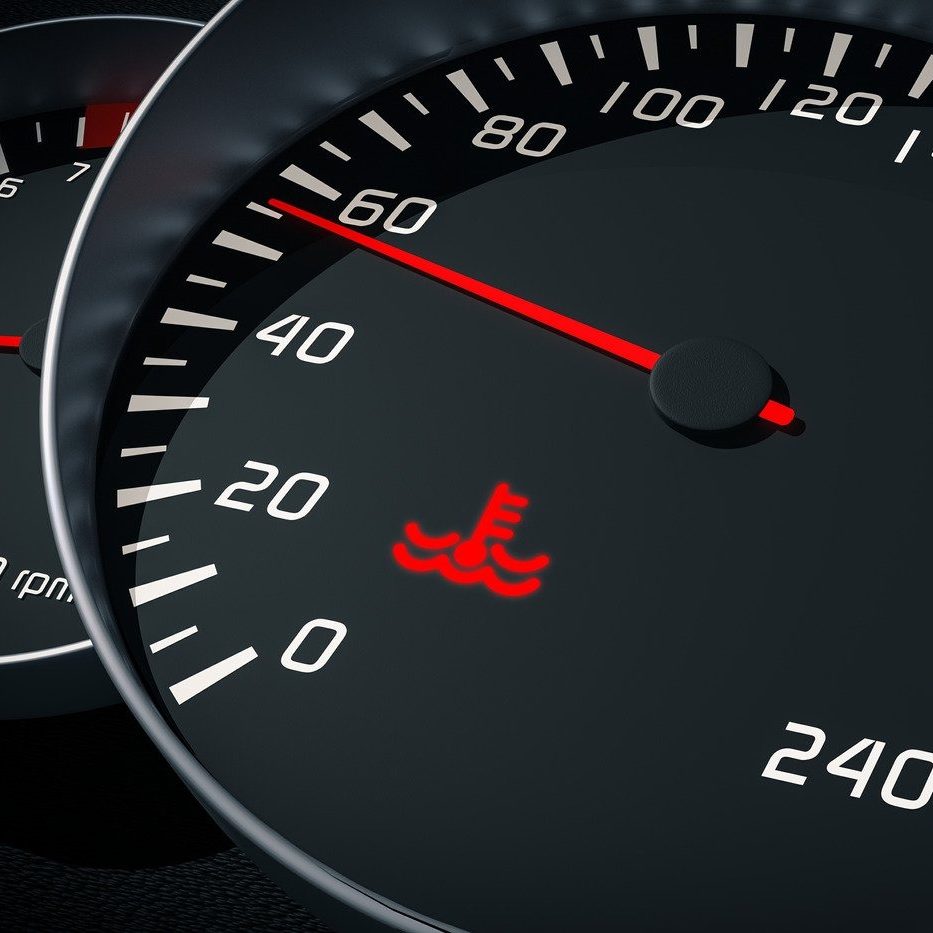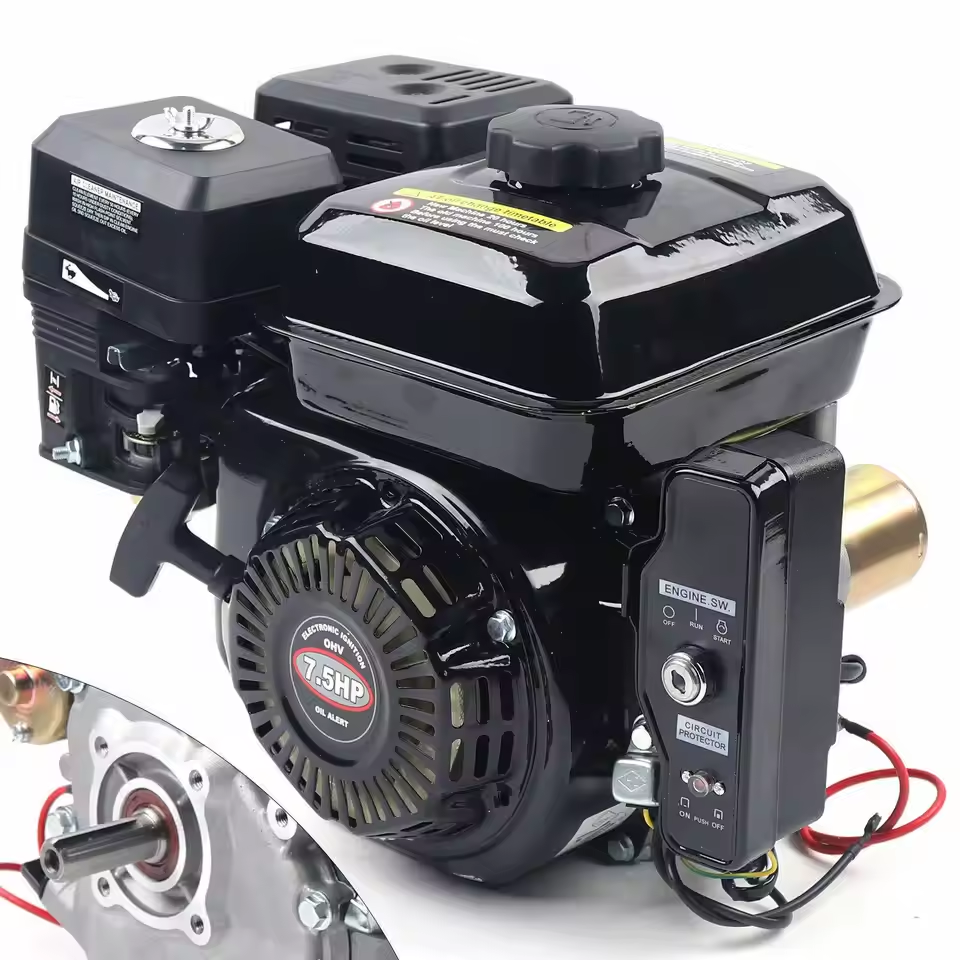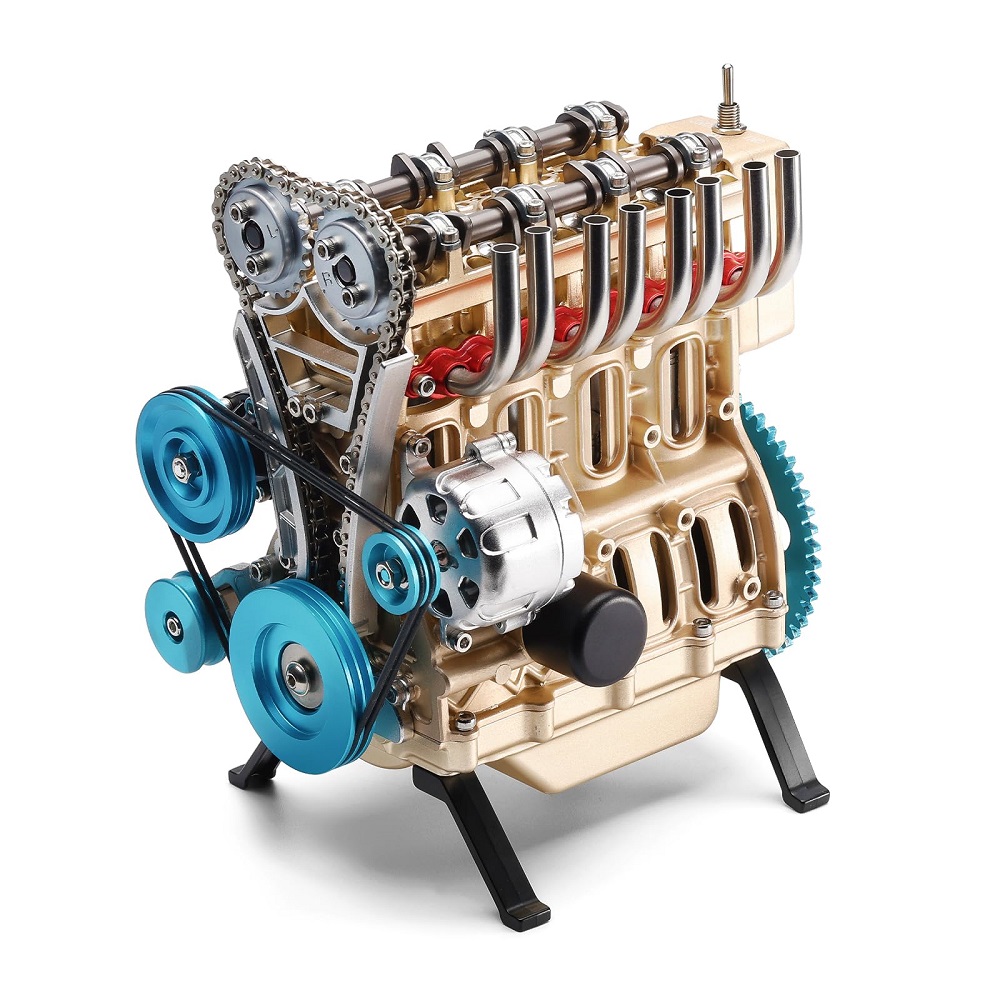Introduction to the Coolant Light
Understanding the Coolant Light
The coolant light, often represented by a thermometer symbol or a water droplet icon in your car’s dashboard, is a crucial warning indicator for your vehicle’s cooling system. When illuminated, it signifies a potential issue that could lead to engine overheating. The coolant system is responsible for maintaining optimal engine temperature, preventing overheating, and ensuring efficient performance. Understanding what it means when the coolant light comes on can help drivers take immediate action, avoiding more significant problems down the road.
Importance of Monitoring Coolant Levels
Maintaining appropriate coolant levels and ensuring the entire cooling system is functioning correctly is vital for vehicle longevity. Coolant helps dissipate heat that is generated during engine operation. Lack of sufficient coolant can lead to severe engine damage and costly repairs. When the coolant light comes on, it serves as a reminder to check your coolant levels and system condition. Recognizing and addressing this warning promptly can save drivers from heavier repair bills and enhance safety on the road.
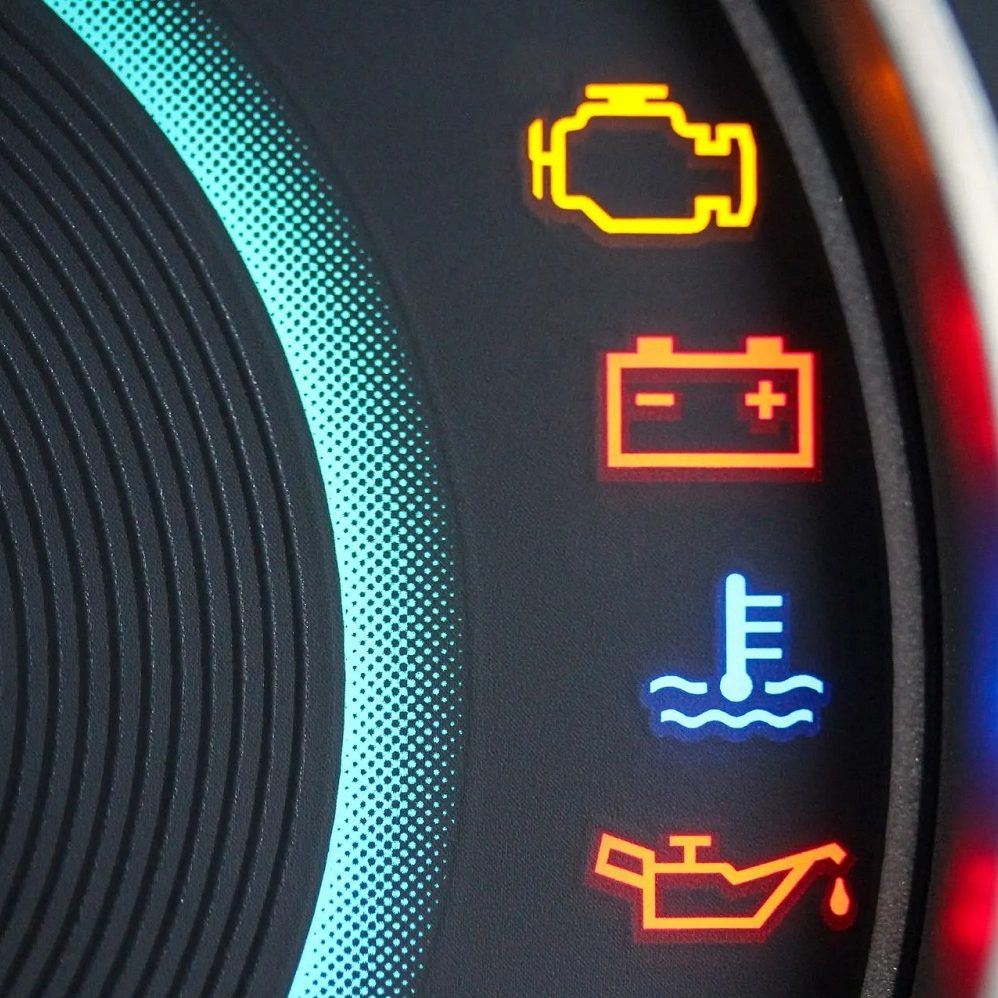
Purpose of This Guide
This guide will explore the causes of the coolant light illumination and provide strategies for addressing these issues. We’ll discuss common reasons for the coolant warning light to activate, essential maintenance tips, and how to handle specific situations when the light appears. By understanding the coolant system and learning how to react to the coolant light, drivers can ensure their vehicles remain in good working condition and enjoy a safer driving experience.
Common Causes for the Coolant Light Illumination
Low Coolant Levels
One of the most common reasons the coolant light comes on is simply low coolant levels. Coolant can decrease over time due to evaporation or leaks in the system. A decline in coolant levels might be due to a variety of factors, including normal wear and tear or damage to hoses and gaskets.
When coolant levels are low, the engine may not receive adequate cooling, leading to overheating. If the coolant light illuminates, checking the coolant reservoir is the first step. Allow the engine to cool down before opening the reservoir cap to avoid burns from hot steam. If the reservoir is low, adding the appropriate type of coolant can often resolve the issue temporarily.
Coolant Leaks
Coolant leaks are another common reason for the coolant light activation. Leaks can occur in various areas within the cooling system, including hoses, the radiator, and the water pump. Signs of leaks might include visible puddles of coolant under the car or damp spots on the hoses.
If you suspect a leak, it’s essential to address it quickly. Ignoring leaks can lead to progressively lower coolant levels and result in engine overheating. Inspecting hoses for cracks, ensuring the radiator cap is secure, and checking the water pump for any drips can help identify the source of the leak. If necessary, consult a mechanic for a thorough inspection and repair.
Failed Thermostat
In addition to low coolant levels and leaks, a malfunctioning thermostat can cause the coolant light to illuminate. The thermostat regulates the flow of coolant within the engine. If it becomes stuck in either the open or closed position, it can disrupt the cooling process. A closed thermostat can prevent coolant from circulating, leading to engine overheating. Conversely, an open thermostat may make it difficult for the engine to reach its optimal operating temperature.
When the thermostat fails, the coolant light alerts the driver to the issue. Signs that the thermostat may be malfunctioning include fluctuating temperature readings, unusual engine performance, or noticeable coolant loss. If you suspect a thermostat issue, having it diagnosed and replaced by a professional is recommended to ensure the cooling system functions correctly.
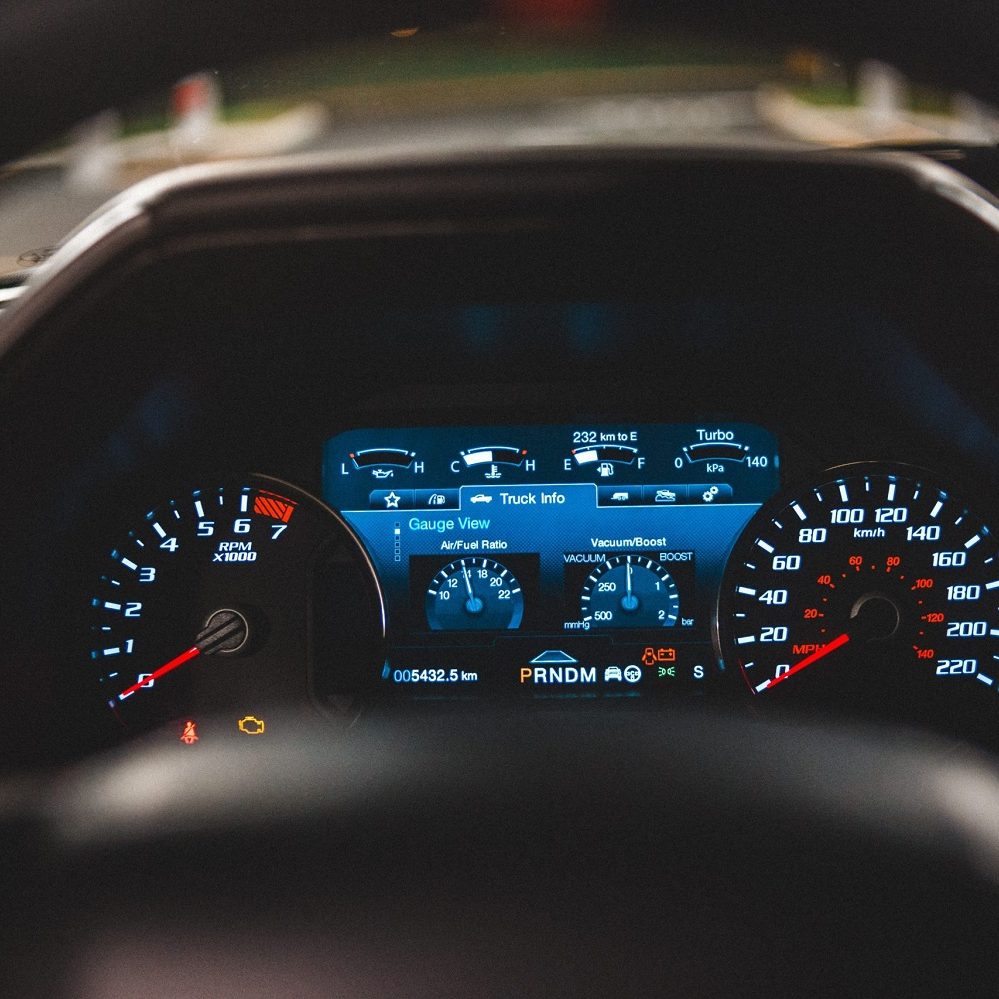
Steps to Address Coolant Light Illumination
Immediate Actions to Take
When the coolant light comes on while driving, the first action should be to pull over in a safe area and turn off the engine. Continuing to drive can lead to severe engine damage due to overheating. After allowing the engine to cool, check the coolant level in the reservoir. If it’s low, adding coolant can help alleviate the immediate issue. Make sure to use the correct type of coolant specified in the owner’s manual.
If the coolant level appears normal but the light remains illuminated, refrain from driving the vehicle until further inspection can be made. Ignoring this warning can lead to more severe problems, potentially leaving you stranded on the road. Always prioritize your safety and that of your vehicle when handling these alerts.
Checking for Leaks
After ensuring the coolant levels are acceptable, visually inspect the vehicle’s cooling system for leaks. This can be done using a flashlight, looking closely at the hoses, radiator, and water pump for any signs of coolant escaping the system. If you discover a leak, it is essential to address it promptly. Depending on its location and severity, either a simple repair or a more extensive fix may be required.
For serious leaks, visiting a professional mechanic is advisable. They can perform a pressure test to identify hard-to-find leaks and ensure that the entire cooling system is in excellent working condition. By being proactive in addressing leaks, you can maintain the health of your engine and avoid future complications.
Consulting a Professional Mechanic
If you are unable to resolve the issue independently, consulting a professional mechanic is the best course of action. An experienced technician can conduct a thorough inspection of the entire cooling system. They will systematically evaluate each component, diagnose the problem, and recommend necessary repairs or replacements.
Getting professional help is particularly important if the coolant light continues to be illuminated after basic troubleshooting. An expert will ensure a comprehensive approach to diagnosing and fixing cooling system issues, giving you peace of mind about your vehicle’s safety and performance.
Regular Maintenance Practices
Checking Coolant Levels Regularly
To prevent the coolant light from becoming a recurring issue, regularly checking coolant levels is necessary. Establishing a routine for checking your coolant system can make a significant difference in avoiding problems down the line. When performing regular vehicle inspections, include a check of the coolant reservoir alongside oil and other fluid levels.
Make it a habit to ensure coolant is at the appropriate level, particularly before long trips. If you notice that the coolant levels frequently drop, it’s a sign that there may be an underlying issue requiring attention. Consistent monitoring and maintenance of the cooling system will help you catch problems early and ensure your vehicle operates at peak performance.
Flushing the Cooling System
Flushing the cooling system is another critical maintenance task that should be performed periodically. Over time, sediment, rust, and other contaminants can accumulate in the coolant. This buildup can hinder proper heat exchange and lead to corrosion within the system. Regularly flushing the system ensures that it remains clean and functions effectively.
Most vehicle manufacturers recommend flushing the cooling system every two years or according to the service schedule in the owner’s manual. The flushing process typically involves draining the old coolant, rinsing the system with fresh water, and then refilling it with new coolant. This maintenance task can be performed by a professional or as a DIY project for experienced home mechanics. Regularly flushing your cooling system helps maintain the health of your engine and radiators.
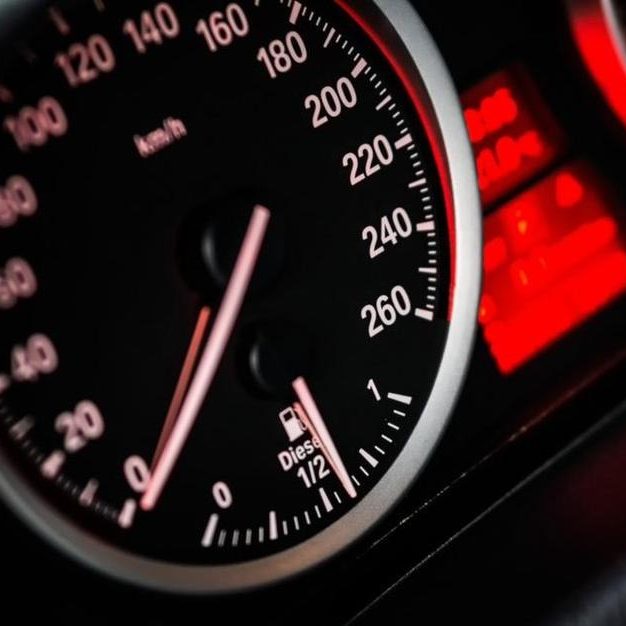
Maintenance of Related Components
Maintaining the components related to the cooling system is also essential for optimal performance. Regularly inspect hoses for signs of wear, bulges, or cracks, and replace any damaged sections promptly. Check the radiator cap to ensure that it seals correctly; a damaged or loose cap can lead to pressure loss and coolant vaporization.
Maintaining the water pump is essential, as this component plays a vital role in circulating coolant. Gaskets and seals should be checked to ensure there are no leaks. Maintaining these related components will greatly enhance the efficiency and longevity of the overall cooling system.
Current Trends in Motorcycle Radiator Maintenance
Sustainability in Vehicle Maintenance
Sustainability is becoming increasingly important in the automotive industry, including motorcycle maintenance. Many manufacturers now focus on eco-friendly products that reduce environmental impact. From biodegradable coolants to recycled materials used in maintenance items, sustainability is a growing trend that appeals to conscious consumers.
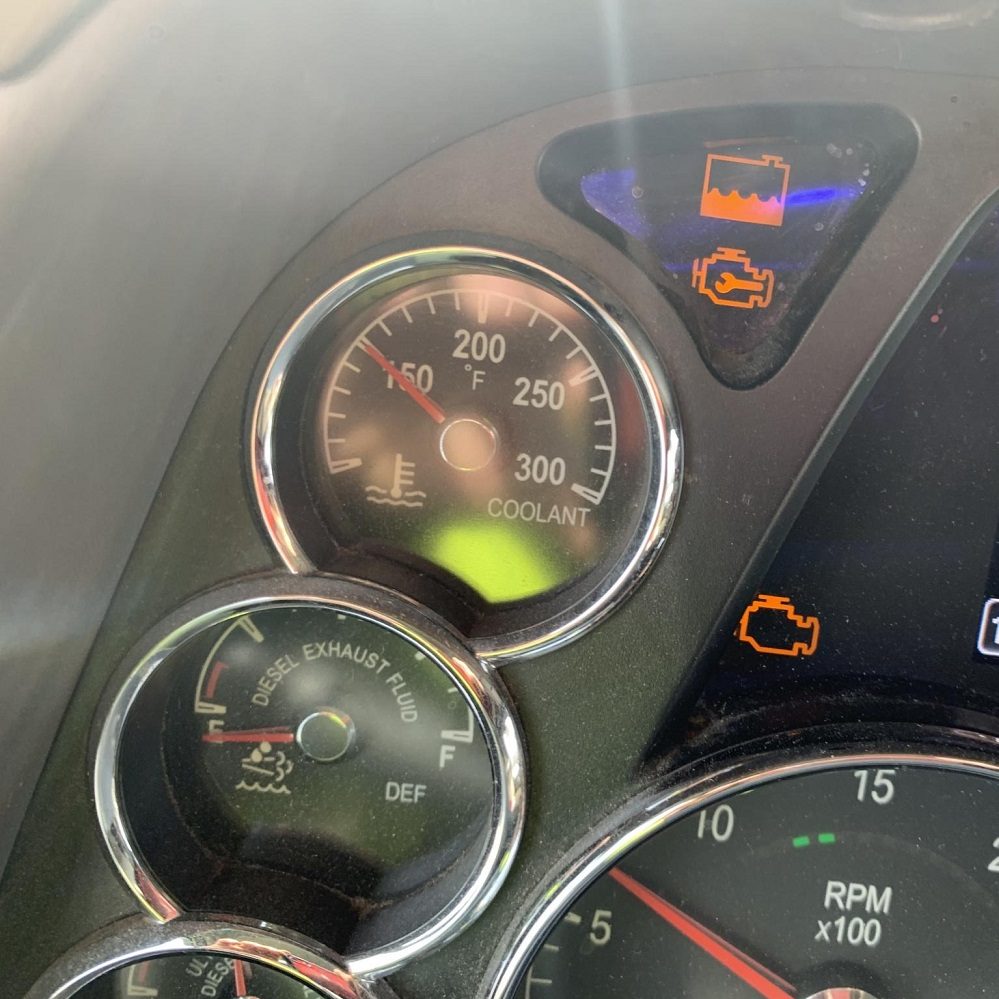
Riders can contribute to this movement by choosing environmentally-friendly cleaning products and lubricants. Also, recycling parts and materials can minimize waste and promote responsible motorcycle ownership. As awareness of environmental issues continues to grow, embracing sustainable practices will benefit both the planet and the rider.
Technological Innovations in Cooling Systems
Technological advancements are enhancing the efficiency of motorcycle cooling systems. Some modern motorcycles are now equipped with intelligent cooling systems that actively monitor engine temperature and adjust coolant flow accordingly. These systems improve performance and can prevent overheating.
Smartphone applications are also becoming competent tools for monitoring critical vehicle systems. By connecting to the motorcycle, these apps can provide insights into engine temperature, coolant levels, and important maintenance reminders. Staying updated on your motorcycle’s status is essential for ensuring optimal performance and preventing problems before they arise.
Customization and Personalization Options
Customization is increasingly popular as riders look to personalize their motorcycles. Customizing the cooling system through personalized radiator designs or unique coolant colors can add flair to a ride while maintaining functionality. For instance, colored coolant is now available for those who want to showcase their style while ensuring effective cooling.
Riders can also explore modified radiator designs that enhance performance while contributing to the overall aesthetic of the motorcycle. Embracing customization allows for individual expression while ensuring the motorcycle remains unique and exciting. This trend reflects the evolution of motorcycle culture, encouraging personal touches that celebrate creativity.
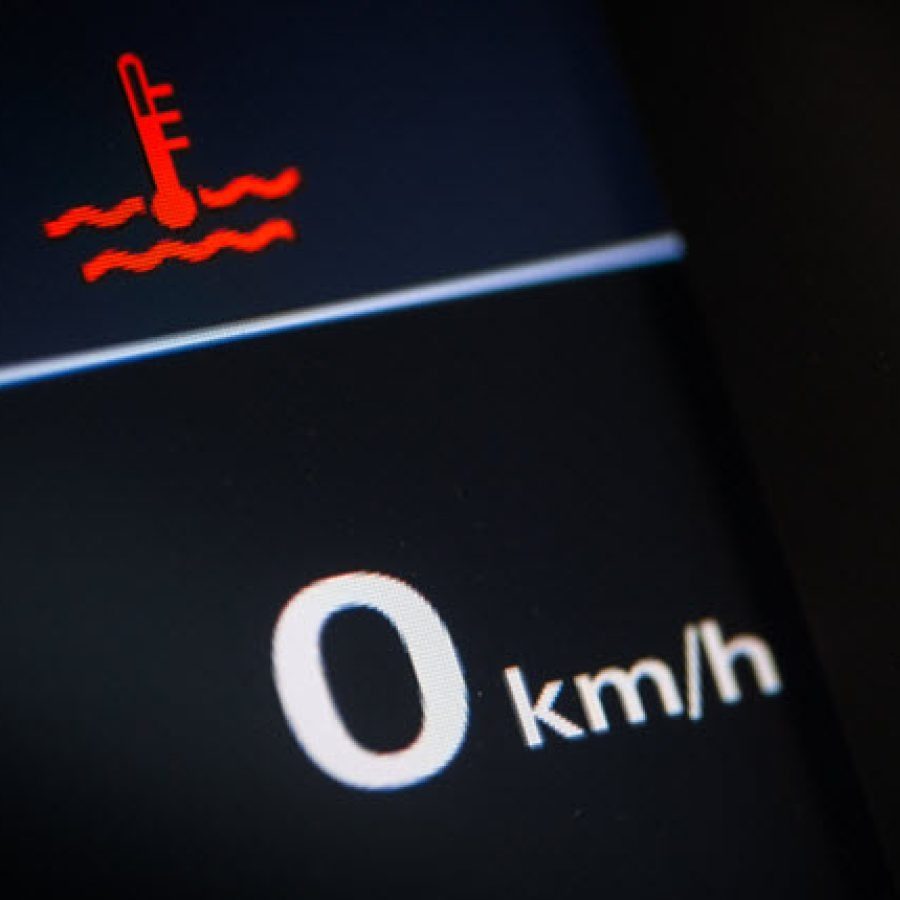
Conclusion: Embrace the Joy of Riding
Investing in Proper Maintenance
In conclusion, understanding the vital role of the radiator and the cooling system is essential for every motorcycle rider. Regular maintenance and proper care will enhance the performance of your motorcycle while preventing common issues such as overheating. Tasks such as checking coolant levels, flushing the cooling system, and keeping an eye on related components are necessary steps to ensure your bike stays in excellent condition.
Empower Your Riding Experience
As you invest time and effort into maintaining your motorcycle, empower yourself with the knowledge of how to address any potential issues. Recognizing signs of trouble, such as the coolant light illumination, and knowing how to react will enhance your confidence on the road. The more informed you are, the greater your sense of assurance while riding.
Ready for Every Adventure
Ultimately, the joy of motorcycling comes from the experience of the ride. With proper maintenance and care, you can enjoy countless adventures ahead with confidence. Embrace the open road, cherish the moments spent on your motorcycle, and enjoy the freedom that comes with riding. By prioritizing your bike’s health, every journey will be smoother, safer, and more enjoyable, making every ride an unforgettable adventure!
